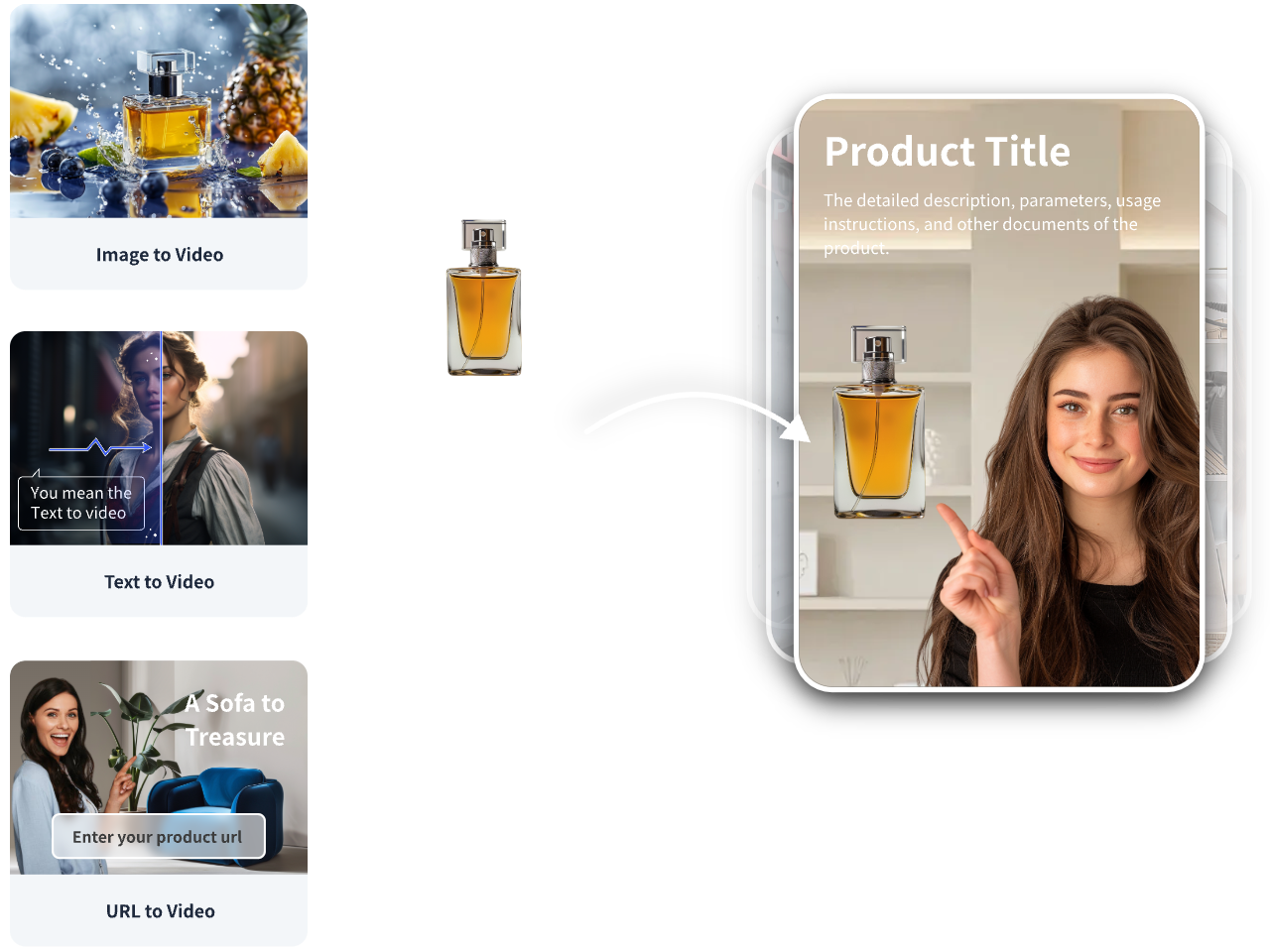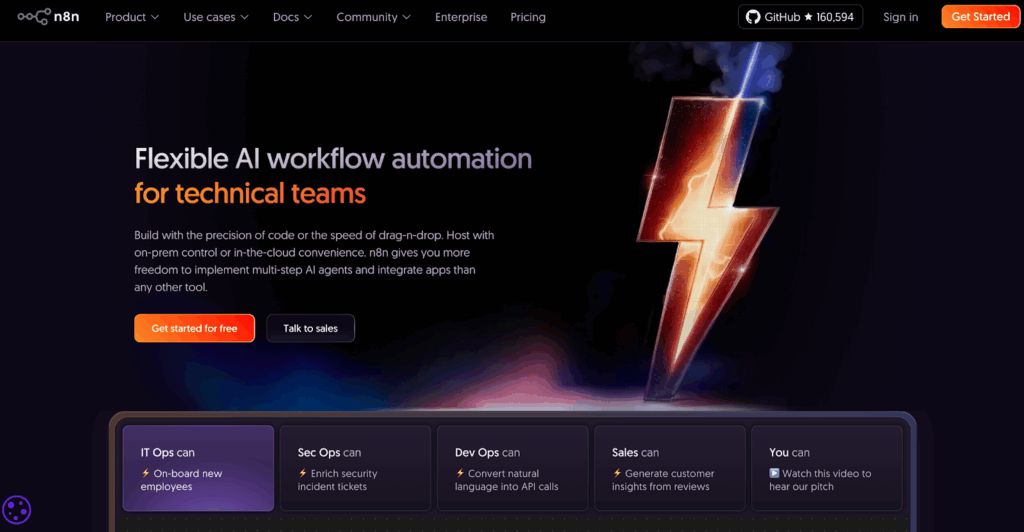How To Create Tutorial Videos: A Simple Guide That Actually Works

If you want tutorial videos that people watch and learn from, you are in the right place. This guide keeps things simple. You will get the basics, the steps, the tools, the data that matters, and one smart AI shortcut to speed things up.
What is a tutorial video?
Think of a tutorial videos as a step-by-step lesson in motion. It shows viewers exactly how to do one task or process, from start to finish. These videos often use screen recordings, talking-head shots, or simple slides with a voice over. They belong to the instructional family, and they shine when a clear outcome is the goal.
Why would you make tutorial videos?
Because people love learning by watching. Surveys from respected video makers show a strong preference for video when folks want instructions. That means your audience is already primed to click play when they need help. And if your brand teaches well, trust grows faster.
Benefits of tutorial videos
- Faster understanding for visual learners
- Fewer support tickets when customers can self-serve
- Stronger onboarding for new users and new staff
- Shareable, reusable content across help centers and socials
- Higher time-on-page and search visibility when the video answers a real need
Types of tutorial videos
You can mix and match formats. Here are common types that work:
- Screencast tutorials for software and websites
- Live-action tutorials for physical tasks, unboxings, or demos
- Slide-based explainers for concepts and processes
- Hybrid tutorials that blend talking-head, screen, and graphics
What software is best for tutorials?
Plenty of tools can do the job. Pick based on your budget, device, and edit needs.
Quick software comparison.
| Tool | Best for | Price tier | Platforms | Why creators pick it |
| VidAU AI avatar | AI presenter segments and fast tutorial intros/outros | Freemium / Paid | Web | Avatar host with text to speech, easy templates, brandable styles, and multilingual options. Use it to frame steps and speed production. |
| Camtasia | Polished editing plus screen capture | Paid | Windows, Mac | All in one editor with cursor effects and multi track timelines. |
| OBS Studio | Free power capture and streaming | Free | Windows, Mac, Linux | Open source, fast capture, lots of control for advanced users. |
| ScreenPal | Simple screen recording and quick edits | Freemium | Windows, Mac, Chromebook | Beginner friendly recorder with helpful tutorials and light editing. |
How do I create a tutorial video?
Start with the outcome, not the tool. Decide what your viewer should be able to do at the end. Plan the steps. Write a short script. Record clean audio. Capture the screen or camera. Edit for clarity. Then publish with chapters and captions so viewers can jump to what they need.
How to Create Tutorial Videos: Step-by-Step Guide
Step 1: Define one clear goal
Pick one task. State it in one sentence. For example, “By the end, you will export a clean PDF.”
Step 2: Write a simple script and shot list
Use short lines. Keep each step to three actions max. Add a quick summary at the end. This makes recording smoother and editing faster.
Step 3: Record clean audio first
Good sound beats fancy visuals. Use an external mic if you can. Record in a quiet space. Speak at a steady pace. Your future self will thank you during editing.
Step 4: Capture screen or camera
Use the tool that fits your process. VidAU gives you talking heads. ScreenPal keeps it simple. OBS gives you advanced control. Camtasia records and lets you edit in one place.
Step 5: Edit for comprehension
Cut pauses. Add callouts. Zoom on a tiny UI. Keep the video short. Data shows viewer engagement drops as videos get longer, with the sweet spot around the 6-minute mark for learning content.
Step 6: Add chapters and captions
Chapters help users jump to the right step. Captions help with accessibility and quiet-mode viewing. YouTube supports automatic chapters, and the Web Content Accessibility Guidelines require captions for prerecorded content at Level A.
Step 7: Publish, measure, improve
Upload to your help center and YouTube. Track completion rate, average watch time, and which chapters people use. Then update the script and video based on the data.
How to make good tutorial videos?
Here is a fast list you can follow today.
- Start with the outcome in the first 10 seconds.
- Tell people what they need before step 1.
- Keep steps small and visible on screen.
- Use plain words and short sentences.
- Show mistakes and how to fix them.
- Add chapters and a quick recap at the end.
- Keep most tutorial videos near 6 minutes, or use a series.
Common mistakes to avoid
- Recording with laptop mic when a simple external mic would help
- Cramming two or more tasks into one video
- Skipping captions and accessibility basics
- Editing for flash, not for clarity
- Publishing without chapters or a written summary
- Hiding the CTA to related help articles and docs
- Ignoring viewer data after launch
When to use tutorial videos

You can use them when a user must complete a process. Use them when text alone is hard to follow. Use them when the same question hits your support inbox again and again. And use them when onboarding new hires or customers who need to see not just read. Tutorials excel in product education, training, and support deflection.
Can AI create tutorial videos?
Yes, AI can help draft scripts, generate voice over, and even present the lesson with a lifelike avatar. For creators who want speed, an AI presenter can act as your on-screen guide while you focus on the steps.
If you want a talking presenter without filming yourself, try VidAU AI avatar. You can choose preset avatars, pick a voice, and script the lines. Then you can render a host segment that introduces the task, bridges steps, or recaps the lesson. This works well for consistent branding and multilingual versions.VidAU offers an avatar library, multiple voices, and templates that help you produce host segments fast. Use it to add an intro, between-step signposts, or a clean recap that ties the video together.
CONCLUSION
You now have a plan to create tutorial videos that teach well and get watched. Start with the goal. Keep steps short. Edit for clarity. Add chapters and captions. Then publish, measure, and improve. If you want a faster path to a friendly on-screen host, test VidAU AI avatar to frame your lesson and lift production value without the pain of filming yourself. Your audience will learn faster, your support team will breathe easier, and your product will feel easier to use.
Frequently Asked Questions
1) What makes tutorial videos different from explainer videos?
Explainers sell an idea or product. Tutorial videos teach a task and drive completion.
2) How long should my tutorial video be?
Keep single-task lessons short. Around six minutes is a proven sweet spot for learning engagement.
3) Which screen recorder should beginners start with?
Start with a simple tool. ScreenPal is easy and friendly. If you want free and powerful, OBS is great once you set it up.
4) Do I really need captions for tutorial videos?
Yes, you should include them. Captions help more people learn and they support accessibility standards set by WCAG for prerecorded media.
5) Can AI present my tutorial for me?
Yes. VidAU AI avatar lets you script a presenter without filming yourself, which saves time and keeps branding consistent.






